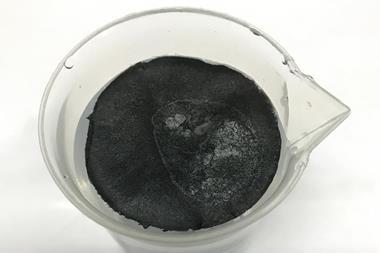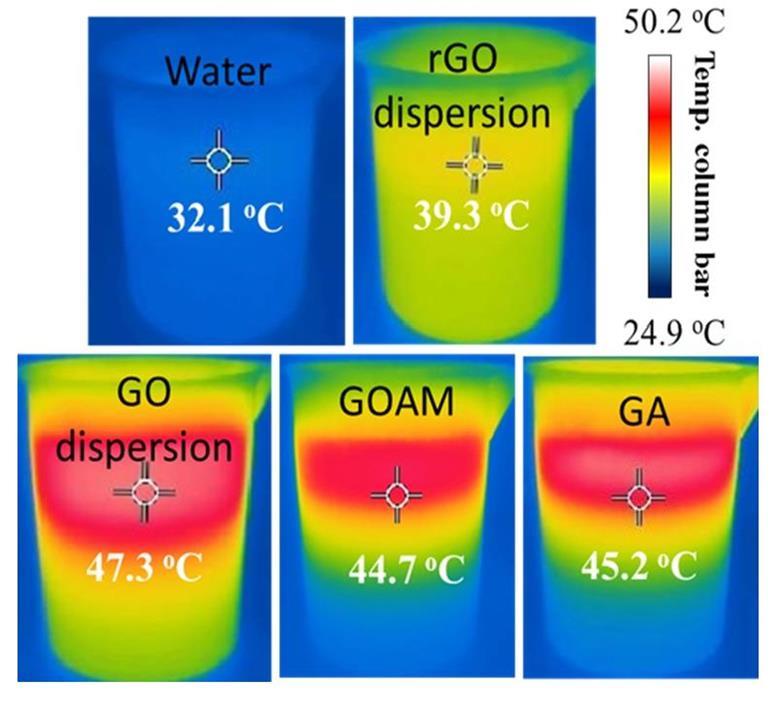
...................................
Graphene And Desalination
Floating graphene cooks up
clean water
BY KATRINA KRÄMER
A sunlight-harvesting graphene film can produce steam without
boiling the water.
The material, which has been made by Chinese scientists, could
convert sea or wastewater into drinking water in places where fuel or access to
electricity is limited.
Desalinating seawater to make drinking water usually means
boiling it, and then collecting and condensing the steam.
Heating water to its boiling point, however, requires a great
deal of energy either in the form of fuel or electricity.
There are solar stills that desalinate water using only
sunlight, but they’re slow and not always efficient enough to provide
sufficient drinking water for a person’s daily needs.
Xianbao Wang and colleagues from Hubei University have now
made a graphene aerogel film capable of producing water vapour at room
temperature using only sunlight.
The aerogel floats on the
surface, where it heats up only a small section of the water column, ‘while the temperature of the bulk water is
far below the boiling point’, as Wang explains.
 |
Source: American Chemical Society
The researchers tested how the addition of different materials affected the heating of water in simulated sunlight, including reduced graphene oxide (rGO), graphene oxide (GO), graphene oxide aerogel membrane (GOAM) and the graphene aerogel (GA) that performed best of all
|
Under simulated sunlight, the aerogel could heat up 100ml of
water to 45°C – 13°C higher than water without the aerogel.
The material’s porous structure pumps the generated steam away
from the surface, allowing water to evaporate 13 times faster than it would
without the aerogel.
While other steam-generating
materials are based on expensive raw materials such as gold, the basis for
Wang’s aerogel is powdered graphite – a cheap and widely available resource.
‘In the context of solar steam generation, the current work has
a major contribution in fabricating an efficient sunlight absorber in a simple
method, which is scalable,’ comments Satoshi Ishii, a photonics
nanoengineering researcher at the National Institute for Materials Science in
Japan.
Generating solar steam with
the graphene aerogel could be more efficient than using electricity from a
photovoltaic cell.
‘The efficiencies of commercial photovoltaic cells are 10–20%,
such that the efficiencies of generating steam using photovoltaic cells cannot
exceed 20%,’ explains Ishii.
Wang’s floating graphene has an efficiency of 54%, reaching up
to 83% under focused sunlight.
However, if the material is
to be used in a desalination device, Wang’s team will need to improve the
material’s toughness – it is easily broken when picked up.
‘I do not see fundamental difficulties in bringing the current
technology into real-life applications, although much more feasibility studies
should be done,’ adds Ishii.
Katrina Krämer
Katrina Krämer
After finishing my A-levels, I wanted to study arts or
languages, but then decided that being a chemist in a white coat was definitely
cooler.
So I went on and spent ten years studying chemistry in Germany,
Spain and the UK, before realising that not working in a lab can also be fun.
After one year in the Royal Society of Chemistry’s graduate trainee scheme, I
joined Chemistry
World first as editorial assistant and now as science correspondent.
My favourite CAS number is 102-54-5.

No comments:
Post a Comment